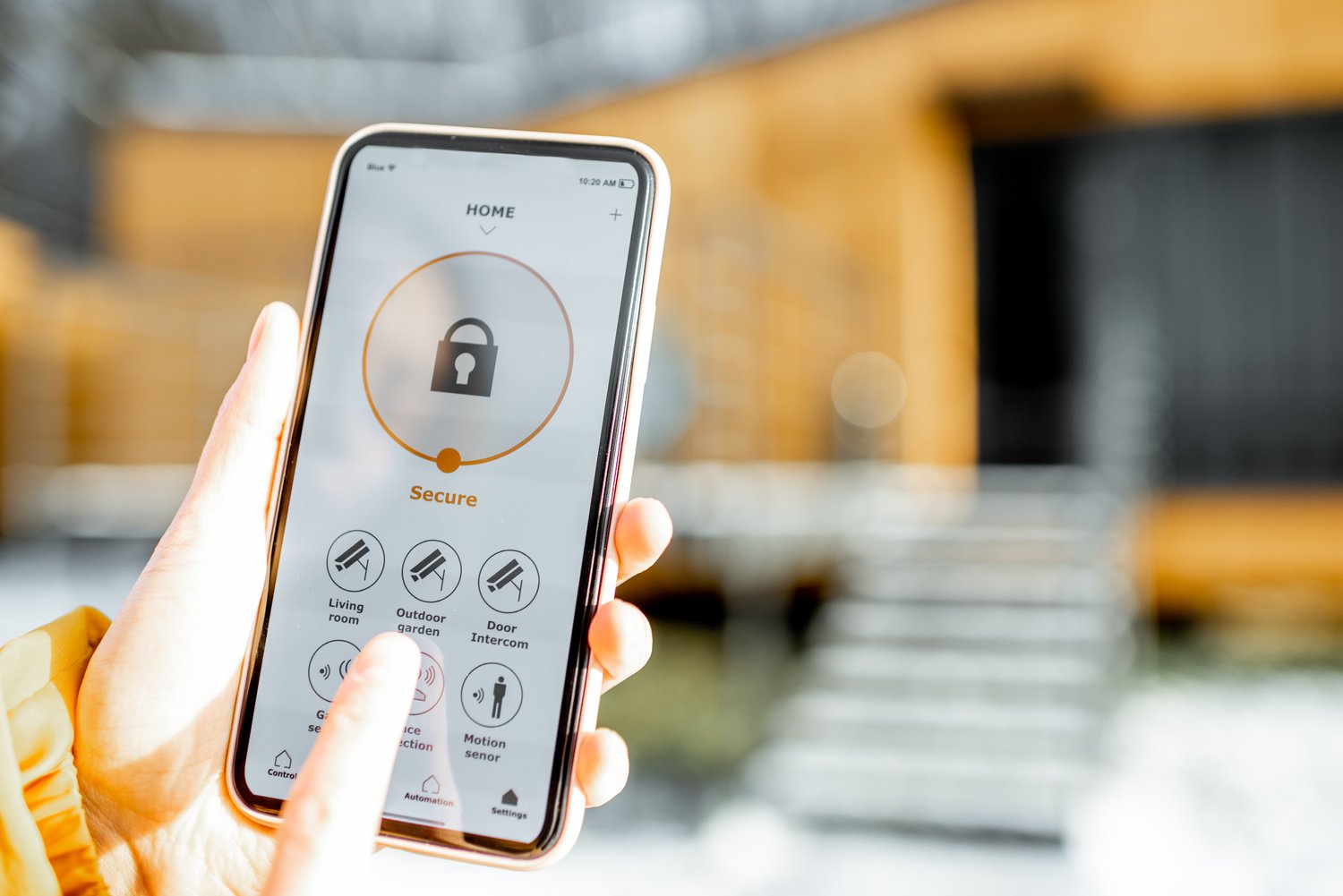Selecting the right home security system can be a daunting task with the multitude of options available on today’s market. From traditional professionally installed systems to modern DIY alternatives, homeowners must navigate various features, monitoring options, and price points to find the solution that best protects their property and loved ones. Understanding the differences between monitored and unmonitored systems, as well as the advantages of professional versus self-installation, is crucial to making an informed decision. This article will guide you through the essential considerations when selecting a home security system that aligns with your specific needs, budget, and lifestyle.
Understanding Types of Home Security Systems
When you begin to compare home security companies, you’ll quickly discover two main installation approaches: professional and DIY systems. Professional installation involves technicians coming to your home to set up equipment, configure settings, and provide training. This traditional approach is ideal for complex systems or homeowners who aren’t technically inclined. Companies offering professional installation typically provide comprehensive service but often require long-term contracts and higher initial costs.
On the other hand, DIY security system reviews highlight the growing popularity of self-installed options. These systems arrive pre-configured and designed for easy setup without specialized tools or knowledge. The DIY approach offers flexibility, lower upfront costs, and no installation fees. Many modern systems use wireless technology, making installation as simple as placing sensors and connecting to your home’s Wi-Fi network. For tech-savvy homeowners or those in rental properties, these systems provide security without permanent modifications to the property.
Monitored vs. Unmonitored Security Systems
A critical decision when selecting the best home security system is whether to opt for professional monitoring or self-monitoring. Professionally monitored systems connect to a monitoring center staffed 24/7 by security professionals who respond to alerts by contacting emergency services when necessary. This constant vigilance provides peace of mind, knowing your home is protected even when you’re unavailable or unaware of a security breach.
The monitored alarm cost typically includes a monthly fee ranging from $15 to $60 depending on the level of service. While this recurring expense adds to the overall cost, many homeowners find the investment worthwhile for the added layer of protection. Some insurance companies even offer discounts on homeowners’ policies for professionally monitored security systems, potentially offsetting some of the cost.
Unmonitored systems, by contrast, send alerts directly to your smartphone or designated contacts. This option eliminates monthly monitoring fees but places the responsibility of emergency response entirely on you. When evaluating options, AskHomey recommends considering your typical schedule, response capabilities, and comfort level with handling potential emergencies before deciding on the monitoring approach that best fits your situation.
Essential Features to Consider
Beyond the basic system type, several key features distinguish various security offerings. Smart home integration has become increasingly important, allowing security systems to work alongside other connected devices like video doorbells, smart locks, and lighting controls. This integration creates a comprehensive home automation system that enhances both security and convenience.
Camera quality and coverage represent another crucial consideration. Modern systems offer high-definition video with features like night vision, motion detection, and wide-angle views. Some advanced cameras include facial recognition technology that distinguishes between family members and unknown visitors. Storage options for video footage vary significantly, with some services offering cloud storage for a fee while others store footage locally on physical media.
Mobile app functionality greatly impacts the user experience of any security system. The best home security system applications provide intuitive interfaces for arming/disarming your system, viewing camera feeds, receiving notifications, and controlling connected devices. When comparing options, pay special attention to app ratings and user reviews that highlight responsiveness and reliability.
Evaluating Costs and Contracts
Understanding the full cost structure of security systems requires looking beyond the equipment price. When you compare home security companies, examine installation fees, activation charges, monitoring costs, and potential price increases after promotional periods end. Some companies require upfront equipment purchases while others lease equipment as part of the service package.
Contract requirements vary significantly across providers. Traditional security companies often require multi-year commitments with substantial early termination penalties. In contrast, many newer companies offer month-to-month services without long-term obligations. Before signing any agreement, carefully review cancellation terms, equipment ownership policies, and warranty coverage to avoid unexpected costs or limitations.
Making Your Final Decision
The best home security system for your household ultimately depends on your specific circumstances, including your property type, security concerns, technical comfort level, and budget constraints. Consider starting with a security assessment to identify vulnerable areas in your home that require particular attention. Think about your daily routines and how different security solutions might integrate with your lifestyle.
For homes with elderly residents or children, systems with emergency medical response features might take priority. Pet owners should seek motion sensors that won’t trigger false alarms from animal movement. Those in apartments or rental properties may need wireless systems that don’t require permanent installation. By carefully assessing your unique situation, you can select a system that provides meaningful protection without unnecessary features or expenses.
For more tips and to connect with reliable home service professionals, follow AskHomey on Facebook and Instagram.



